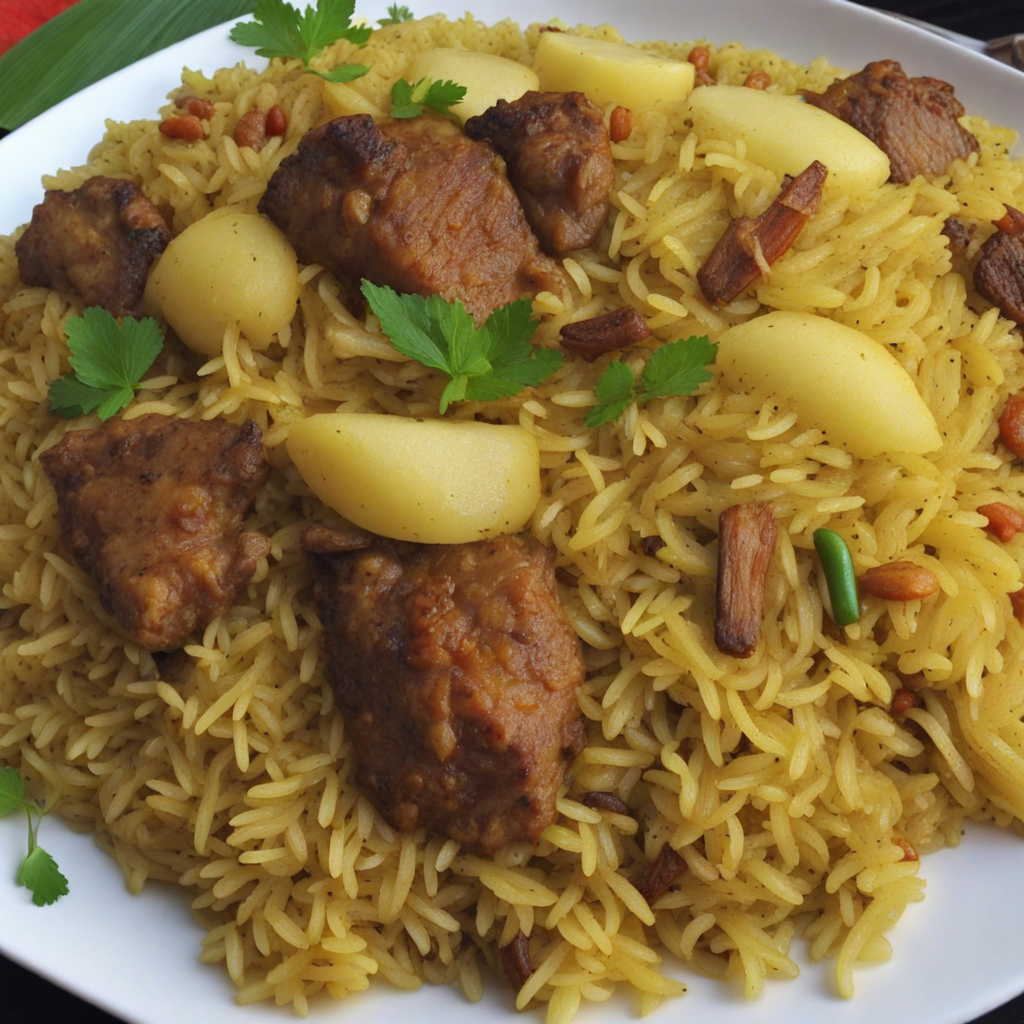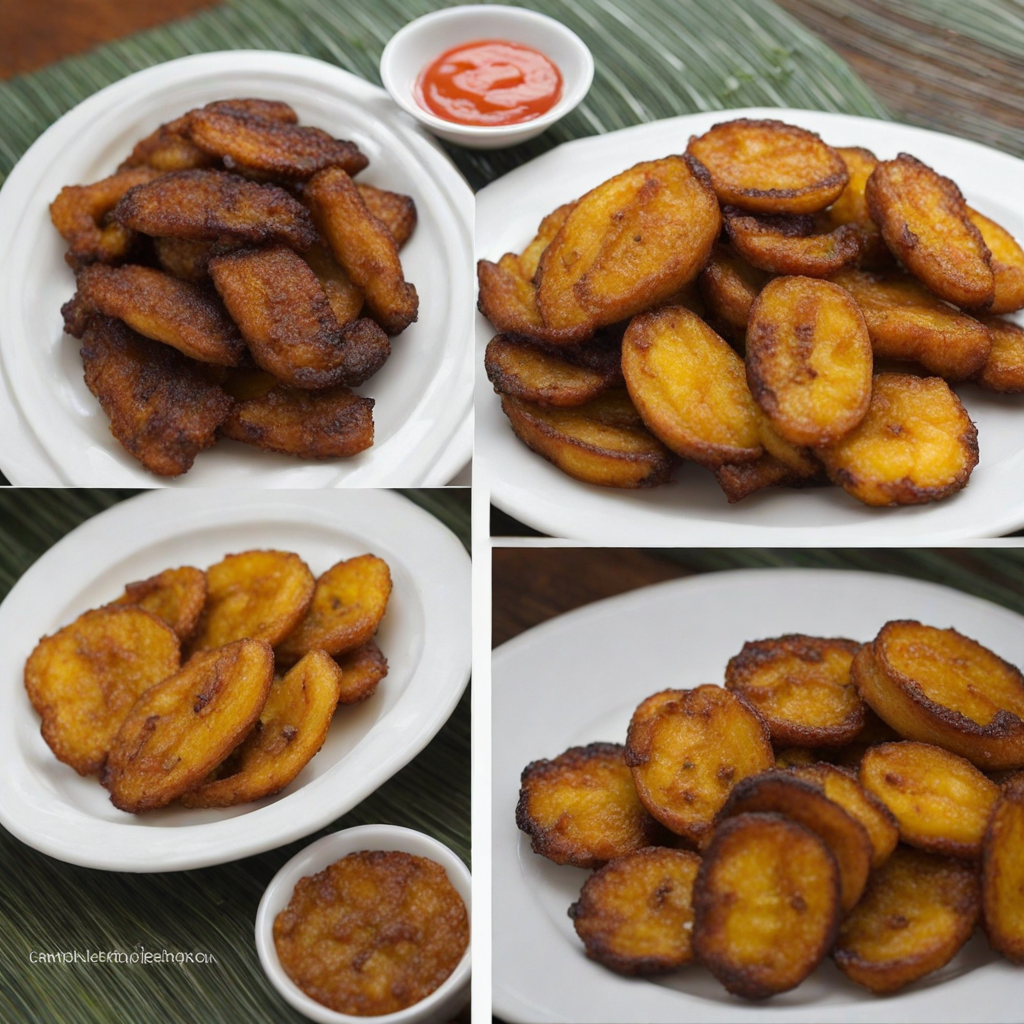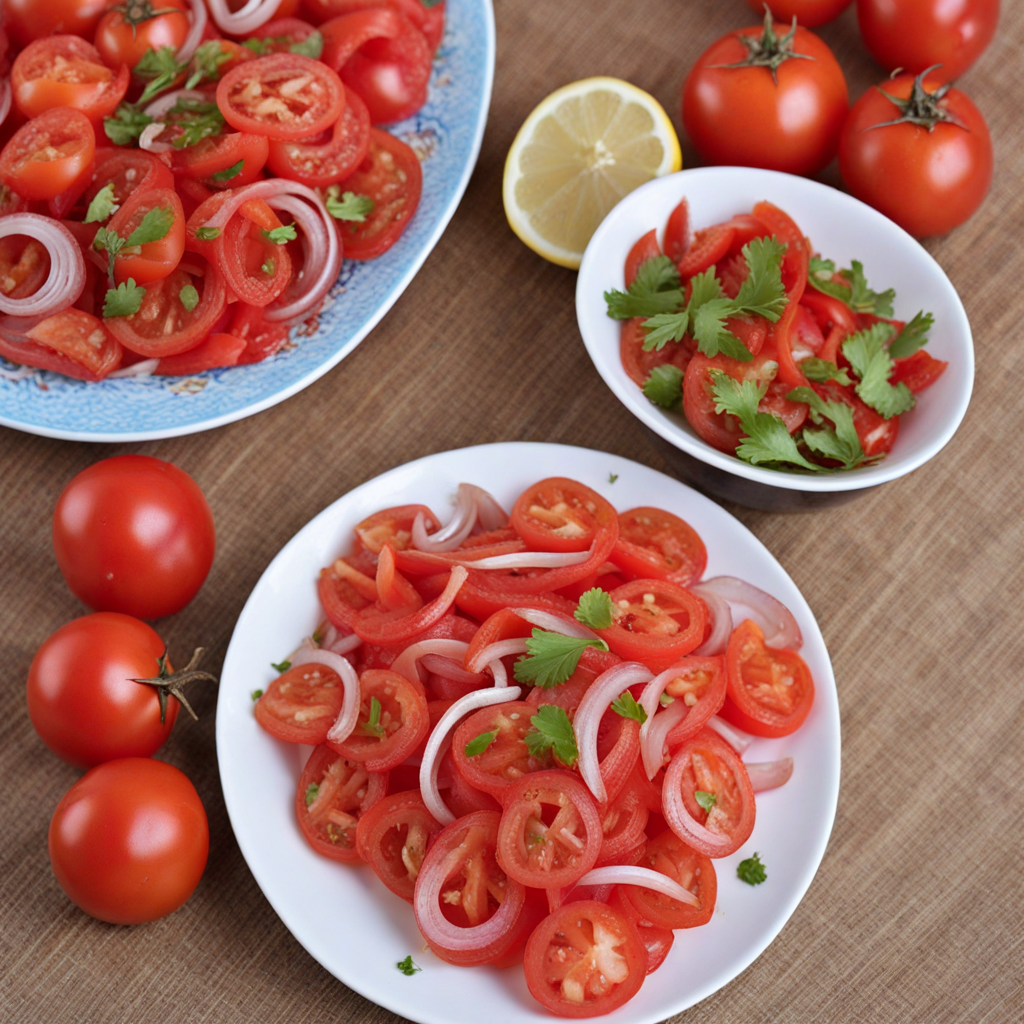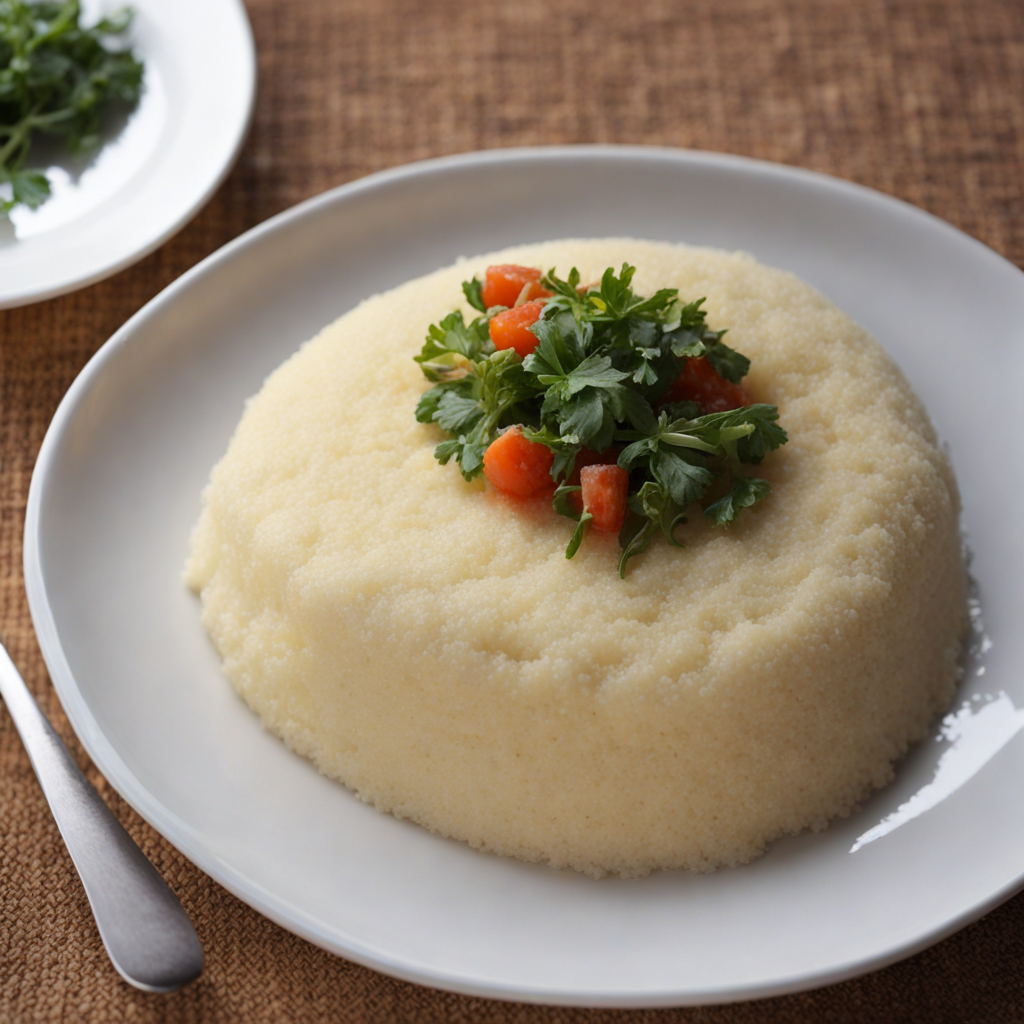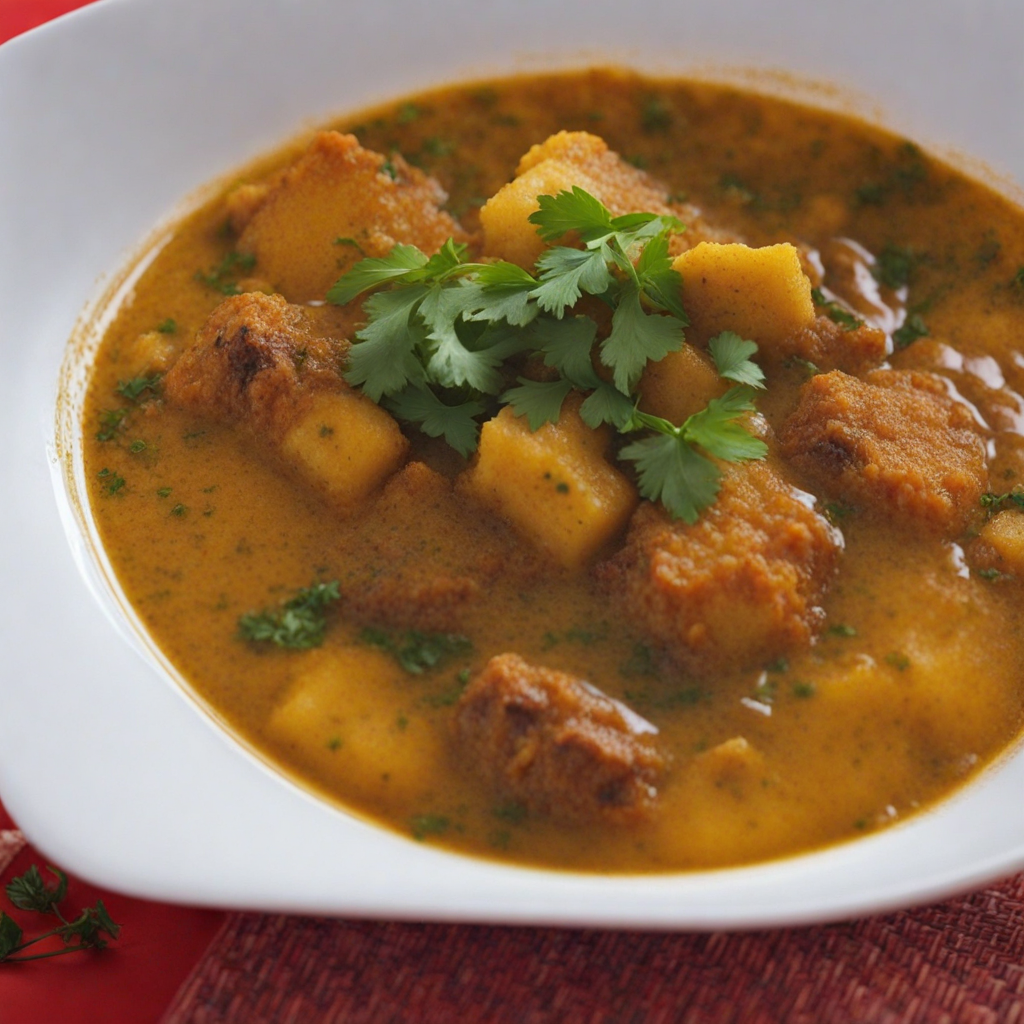Pilau
Pilau is a fragrant rice dish that is a staple in Tanzanian cuisine, renowned for its rich flavors and aromatic spices. At its core, the dish consists of long-grain rice, typically basmati, which is cooked to perfection, fluffy and light. The rice is infused with a medley of spices such as cumin, cardamom, cloves, and cinnamon, creating a warm, inviting aroma that beckons you to take a bite. The spices not only add depth to the dish but also reflect the diverse cultural influences found in Tanzania, making Pilau a true representation of the region's culinary heritage. Traditionally, Pilau is often prepared with an assortment of proteins, including tender pieces of chicken, beef, or goat, which are marinated in spices before being cooked alongside the rice. This not only enhances the flavor but also allows the proteins to absorb the aromatic essence of the spices, resulting in a hearty and satisfying meal. Vegetables such as peas or carrots may also be added, providing a burst of color and additional nutrients, while crispy fried onions sprinkled on top add a delightful crunch. Served on special occasions or during festive gatherings, Pilau is more than just a dish; it's a symbol of hospitality and community. Often accompanied by a side of tangy mango chutney or a refreshing cucumber salad, each bite offers a harmonious balance of flavors, making it a delightful experience for the palate. Whether enjoyed at a local eatery or prepared at home, Pilau invites food lovers to explore the vibrant tastes of Tanzania, leaving them craving more of its enchanting allure.
How It Became This Dish
The History of Pilau in Tanzania: A Culinary Journey #### Origins of Pilau Pilau, a dish that has garnered affection across the East African coast, traces its roots back to the Indian subcontinent. Its name is derived from the Persian word "pilaf," which refers to rice cooked in a seasoned broth. The dish was introduced to East Africa through the trade routes that flourished between the Indian Ocean and the interior of the continent. Over centuries, it evolved into distinct variations, with Tanzania's pilau emerging as a unique culinary masterpiece that reflects a rich tapestry of cultural influences. The early Arab traders who settled along the Swahili Coast played a pivotal role in shaping the region's culinary landscape. They brought with them spices, rice, and cooking techniques that would eventually converge to create pilau. The use of fragrant spices such as cardamom, cinnamon, and cloves is a hallmark of the dish, and these spices were integral to trade routes connecting the Middle East, Indian subcontinent, and East Africa. #### Cultural Significance In Tanzania, pilau is more than just a meal; it is a symbol of community, celebration, and heritage. Traditionally, it is served during special occasions such as weddings, religious festivals, and communal gatherings. The preparation of pilau is often a communal affair, with families and friends coming together to cook, share stories, and strengthen bonds over the steaming pot of rice. Pilau also plays a significant role in the Swahili culture, which celebrates the blending of African, Arab, and Indian influences. The dish embodies the spirit of hospitality inherent in Tanzanian culture, where sharing food is a sign of goodwill and friendship. In many coastal towns, pilau is often accompanied by sides like kachumbari (a fresh tomato and onion salad) or fried plantains, enhancing the communal dining experience. #### Preparation and Ingredients Tanzanian pilau is characterized by its vibrant color and rich flavor, achieved through the careful selection of ingredients. The base of the dish is long-grain rice, often basmati or jasmine, known for its aromatic qualities. The rice is usually parboiled before being mixed with a medley of spices, which may include cumin, cardamom, cloves, and nutmeg, each contributing to the dish’s distinctive taste. Meat, typically chicken, beef, or goat, is often included, marinated in a blend of spices before being cooked with the rice. This method allows the flavors to meld beautifully, creating a dish that is both fragrant and satisfying. Some variations may include seafood, reflecting the coastal communities' access to fresh fish and shellfish. Vegetables, such as potatoes, carrots, and peas, are sometimes added, providing additional texture and nutrition. The final touch often comes from a drizzle of coconut milk, which enriches the pilau and adds a creamy element that balances the spices. #### Development Over Time As Tanzania has evolved, so too has pilau. The dish has adapted to the tastes and available ingredients of different regions. For instance, in urban areas like Dar es Salaam, pilau has embraced a more cosmopolitan flair, with chefs experimenting with fusion elements that incorporate global culinary trends. Variations may now include different meats, vegetarian options, or even the incorporation of international spices. The evolution of pilau can also be traced through the influence of various cultural events. Following Tanzania's independence in 1961, there was a resurgence of interest in traditional dishes as a way to foster national identity. Pilau became emblematic of this movement, celebrated not only for its flavor but also as a symbol of unity among the diverse ethnic groups in the country. Tourism has further influenced the preparation and presentation of pilau. As visitors flock to Tanzania for its stunning landscapes and rich culture, local chefs have embraced the opportunity to showcase this traditional dish in restaurants and food festivals. Pilau is now featured prominently on menus, often presented with a contemporary twist that appeals to international palates while retaining its authentic roots. #### Pilau in the Modern Context Today, pilau remains an essential dish in Tanzanian households and is often featured in celebrations and gatherings. It is not uncommon for families to have their own secret recipes, passed down through generations, with each variation reflecting personal touches and local traditions. The dish has also found its way into the diaspora, as Tanzanian communities around the world continue to celebrate their heritage through food. Social media has played a significant role in popularizing pilau beyond Tanzania's borders. Food bloggers and influencers have showcased the dish, inspiring others to explore Tanzanian cuisine. Video tutorials and recipes shared online have made it easier for people to recreate pilau in their own kitchens, further broadening its reach. In addition, pilau has become a canvas for culinary creativity, with chefs experimenting with alternative grains like quinoa or adding unconventional ingredients to cater to contemporary dietary preferences. This adaptability speaks to the dish's enduring legacy and the way it continues to resonate with both traditionalists and modern food enthusiasts. #### Conclusion The history of pilau in Tanzania encapsulates a rich cultural narrative shaped by trade, migration, and communal living. From its Persian roots to its current status as a beloved dish, pilau has evolved while retaining its essence as a symbol of togetherness and celebration. As it adapts to modern palates and global influences, pilau stands as a testament to Tanzania's vibrant culinary heritage, inviting both locals and visitors to partake in its flavorful journey. Whether enjoyed at a wedding, a family gathering, or a casual meal at home, pilau remains a cherished dish that nourishes not just the body but also the spirit of community.
You may like
Discover local flavors from Tanzania


